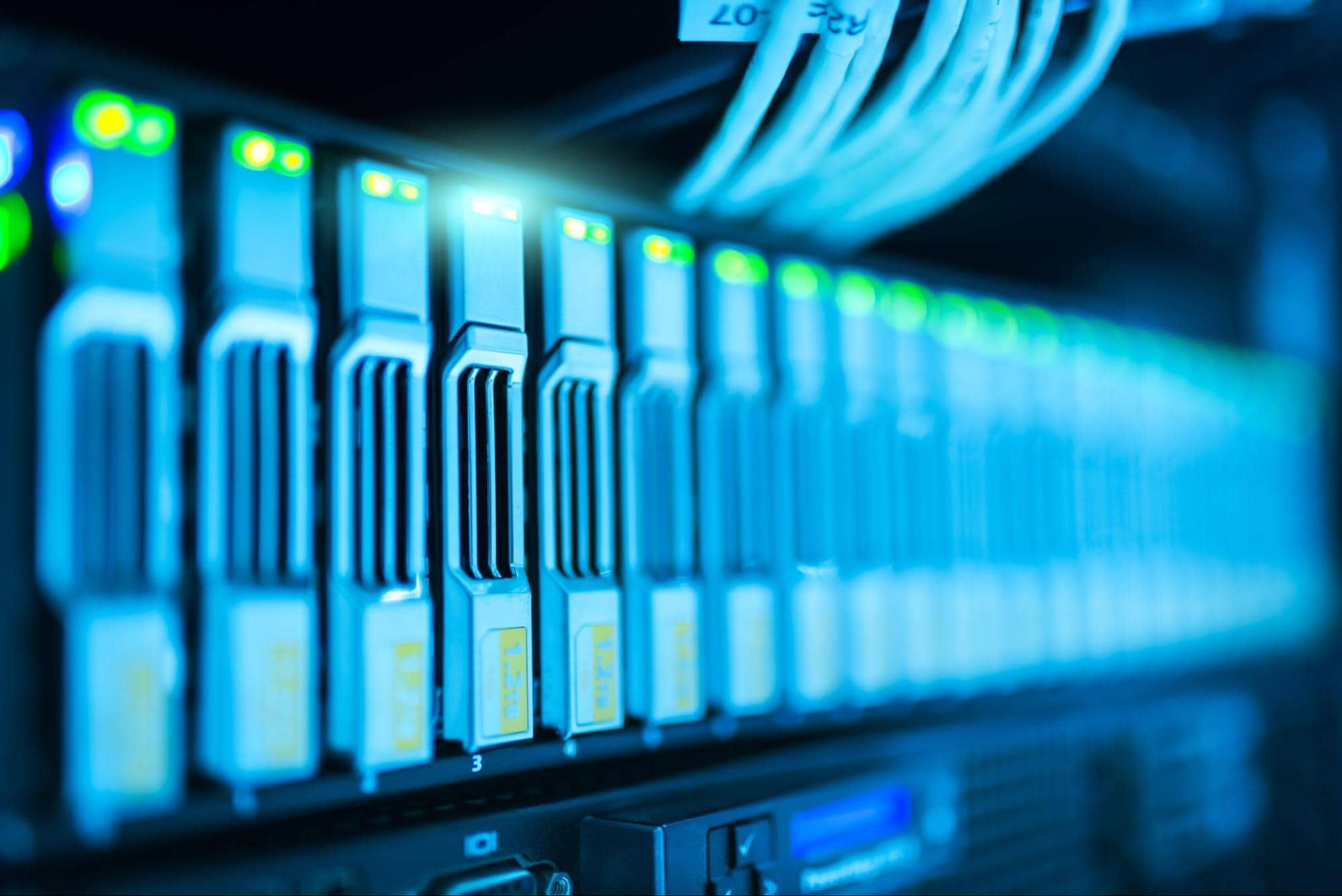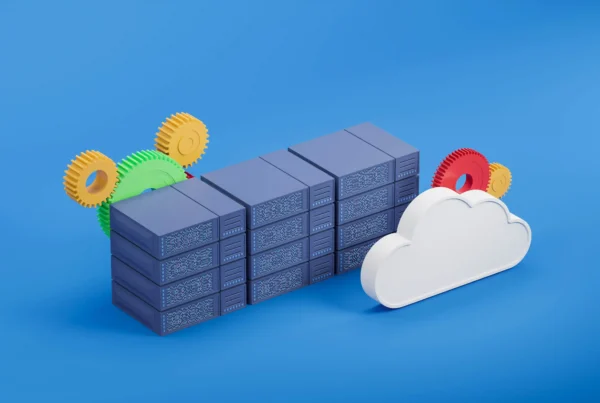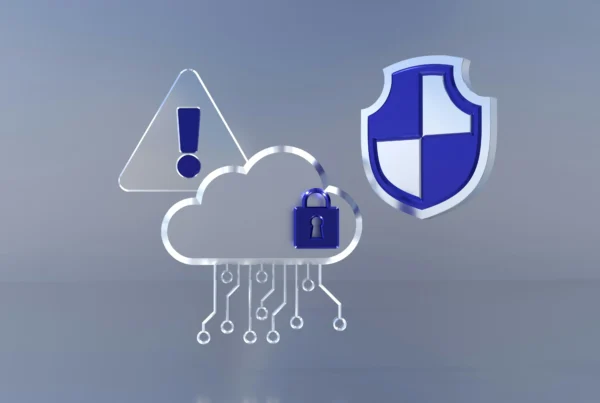
Choosing Google Cloud Services
Google Cloud provides a variety of services based on business needs. When choosing Google Cloud services that are suitable for businesses, the purpose of the service is one of the first needs to be determined. Google Compute Engine is available for virtual machines and Google Kubernetes Engine is available for container management. It is very important to choose the appropriate service for the needs of these enterprises and to meet the requirements. Because every business has different needs, choosing Google Cloud services should be evaluated in a way that aligns with business needs, budget, and goals. By taking advantage of Global IT’s consulting services, you can make the right choice.
You should always consider your business’s security needs, and to address this, Google Cloud offers businesses authentication, access control, encryption, and security features. You can evaluate compliance standards to comply with regulations found in different industries. You should pay attention to the size of your business and its scalability needs. The scalability feature provides an easy way to adjust resources when the workload needs to be increased or decreased. Considering the database data storage needs of the enterprise, a high-performance database is among the appropriate options when using the database service. By working with people who are secure and technically savvy to use Google Cloud, you can modernize your infrastructure. As Global IT, we can support you every step of the way to modernize your Cloud Infrastructure. With an infrastructure modernization solution, you can safely strengthen your infrastructure.
Data Migration
Data migration is the process of transferring the existing data of enterprises from one system to another. Before you start the data migration process, it is very important to determine a suitable data migration strategy for yourself. You need to pay attention to factors such as what data will be migrated, which data sources will be used in the targeted system, and the timing of migration. The data migration process is a critical step for businesses. It requires careful planning and management, and attention needs to be paid to the security, accuracy, and integrity of data. Leveraging Google Cloud’s data migration tools allows the data migration process to be carried out successfully. Google Cloud always offers a variety of tools in terms of different data migration scenarios. You need to plan for the data migration process and then create a migration plan that is appropriate for the needs of the targeted system.
Careful analysis of data sources should include performing data transformations and determining the migration process in terms of timeline. During data migration, the data that already exists may need to be harmoniously integrated and transformed into a targeted system. From the moment the migration starts processing, you must ensure that the data is transferred securely and correctly. Testing and verification processes should be carried out to verify the accuracy and integrity of the data in the targeted system. After the migration is completed, the necessary trainings should be provided for the users to adapt and learn with a new system. Users should be informed about data access, operations and data management in the new system.
Application Modernization
Application modernization is the process by which existing applications adapt and transform to a newer and more innovative technology. It aims to improve the performance, security, flexibility and user experience of applications. Typically traditional or monolithic architectures, these applications involve the transition to more flexible, cloud-based, micro-architectures, or serverless approaches. The basis of the microservice architecture is to move to the microservice architecture in order to bring together monolithic applications to separate them into smaller, independent services and to provide application functionality. Microservice architecture provides independence, rapid deployment, and flexibility. Containerization, which is among the techniques of application modernization, provides the advantages of packaging applications into containers, rapid distribution and portability.
Security & Compliance
Security encompasses the measures taken to protect the information assets, data, systems and networks of enterprises from harmful attacks and troubles. Security is a critical element in protecting the reputation of the business, ensuring the trust of customers and ensuring its continuity. Security measures include security information tools and methods, such as authentication, access controls, and encryption. Management is the process of effectively planning, configuring, managing and monitoring the infrastructure, systems and services of enterprises. Good management always increases efficiency, ensures quality of service and detects problems. During the management processes, there are activities such as configuration management, performance monitoring, error monitoring and resource management.



